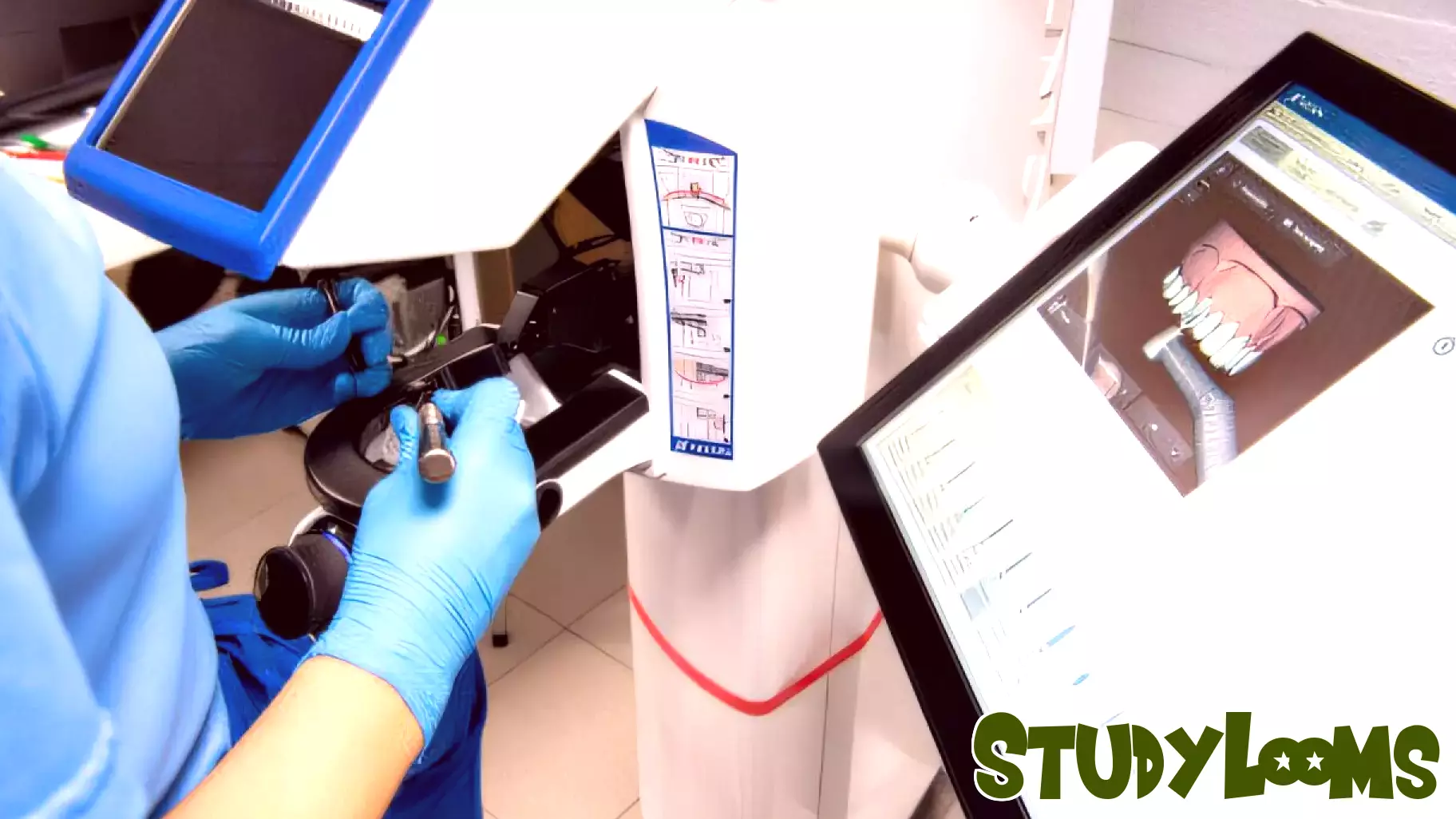December 19, 2024 - 01:43

A recent comprehensive literature review has shed light on the significant benefits and challenges of incorporating haptics-enhanced virtual reality training, known as VR-haptics, into dental education curricula. This innovative approach is poised to transform how dental students acquire essential skills and knowledge.
The integration of VR-haptics offers a unique advantage by simulating real-life clinical scenarios, allowing students to practice procedures in a controlled environment without the risks associated with live patients. This immersive training method enhances sensory feedback, enabling learners to develop a more nuanced understanding of dental techniques and patient interactions.
However, the review also identifies several challenges in implementing VR-haptics in educational settings. These include the need for substantial investment in technology and training for educators, as well as potential resistance from traditionalists who may prefer conventional teaching methods. Despite these hurdles, the potential for VR-haptics to enhance learning outcomes and improve the preparedness of future dental professionals is undeniable, making it a promising avenue for the future of dental education.



